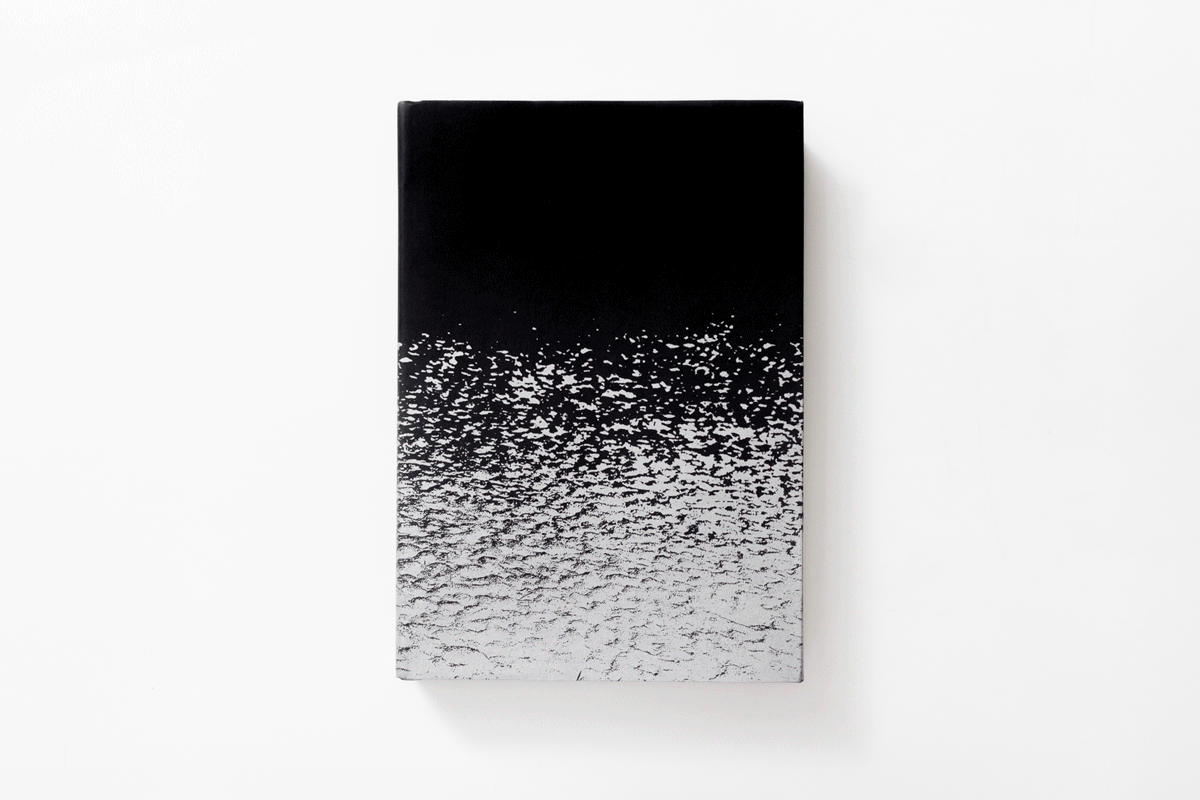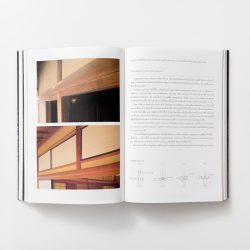Takeshi Nakagawa brings his readers to understand traditional Japanese houses through topics, vocabulary and
developments from different time periods

Takeshi Nakagawa wrote in the introduction of The Japanese House: In Space, Memory, and Language that this book was written as a self-clarification of his understanding of the relationship between houses and architecture, following the “architecture begins and ends at the house,” saying. To him, a ‘house’ is the basis of architectural training and understanding of the art and science of architecture with traditional Japanese houses being the kind of house he is particularly interested in.
Nakagawa brings his readers to understand different compositions through topics, vocabulary and developments of this specific genre of architecture throughout different time periods. He combines such information with his personal memories, as well as social, cultural and historical details, all of which are told in a simple, suspect language. His stories sometimes ignite curiosity and contemplation, and at times, interestingly point out beautiful and delicate observations such as fusuma or Japanese sliding partitions, which are used to divide spaces. With fusuma’s physical characteristics that allow for one to realize the existence of another person on the other side, Nakagawa believes that such imagination might have never been rendered if the spaces were partitioned with a big, dense wall. Fusuma creates a complex distance between spaces, which Nakagawa views as an incredibly delicate relationship that cannot be relocated or replaced. It grants the aesthetics of everyday living that also reflect the Japanese’s idiosyncratic social etiquette.
The Thai edition of the text has been translated by Chaiyosh Isavorapant, who was Nakagawa’s student at the Department of Architectural History of Waseda University. Isavorapant personally traveled across Japan to photograph all the houses from the book, which causes the Thai version to be a bit different from the Japanese and English editions published earlier. Nevertheless, all the contents written by Nakagawa are perfectly kept and translated. Isavorapant writes in the epilogue of the book that even though The Japanese House: In Space, Memory, and Language is an architectural book, to him, it is a book about the aesthetics of living for the human’s way of life gradually formed within the physical spaces of a house goes beyond the aspect of functionality to beauty and even psychology.
Takeshi Nakagawa เขียนไว้ในบทนำของ ‘เรือนญี่ปุ่น: พื้นที่, ความทรงจำ และถ้อยคำ’ (ชื่อภาษาไทยของหนังสือเล่มนี้) ว่าเป็นหนังสือที่เขียนขึ้นเพื่อสร้างความกระจ่างแก่ตนเองในเรื่องของความสัมพันธ์ระหว่างบ้านและสถาปัตยกรรม ตามคำกล่าวที่ว่า “สถาปัตยกรรมเริ่มต้นที่บ้านและจบลงที่บ้าน” สำหรับเขาแล้ว “บ้าน” คือพื้นฐานเริ่มต้นในการฝึกฝนและทำความเข้าใจเพื่อเป็นสถาปนิก โดยบ้านที่เขาสนใจและมีความรู้สึกผูกพันเป็นพิเศษคือบ้านแบบประเพณีญี่ปุ่น เนื้อหาภายในเล่มถูกแบ่งประเด็นเพื่อเข้าไปทำความเข้าใจออกเป็นหัวข้อหลักๆ คือ พื้นที่ขอบเขต ตัวแบ่งแยก สถานที่ ส่วนประกอบ ตัวจบ วัสดุ และสัญลักษณ์
Nakagawa พาผู้อ่านเข้าไปทำความรู้จักกับองค์ประกอบต่างๆ ในแต่ละหัวข้อผ่านคำศัพท์และพัฒนาการของมันในยุคสมัยต่างๆ ผสมผสานกับเรื่องราวต่างๆ ที่ยังคงติดตรึงอยู่ในความทรงจำของเขา อีกทั้งยังสอดแทรกไปด้วยรายละเอียดทางด้านสังคม วัฒนธรรม และประวัติศาสตร์ ผ่านถ้อยคำที่เรียบง่าย กระชับ บางครั้งก็ตั้งคำถามชวนให้ขบคิด และพยายามชี้ให้เห็นประเด็นที่ละเอียดอ่อนที่มีความงดงามได้อย่างน่าสนใจ อาทิ ในหัวข้อที่พูดถึงเรื่องตัวแบ่งแยก fusuma หรือบานเลื่อนแบบญี่ปุ่นซึ่งเป็นตัวกั้นพื้นที่ ที่โดยคุณสมบัติของมันแล้วทำให้เรายังสามารถรู้สึกถึงการมีอยู่ของคนอีกฟากหนึ่งแม้จะไม่สามารถมองเห็น ซึ่งเขาเชื่อว่าถ้ากั้นด้วยผนังหนาแล้วจะไม่ทำให้เกิดจินตนาการแบบนี้ fusuma ทำให้เกิดระยะห่างที่ซับซ้อนระหว่างพื้นที่ ซึ่ง Nakagawa เชื่อว่านี่เป็นความสัมพันธ์อันละเอียดอ่อนที่ไม่มีอะไรแทนที่ได้ และยังเป็นสุนทรียภาพในชีวิตประจำวันที่สะท้อนออกมาเป็นมารยาททางสังคมของญี่ปุ่น
หนังสือเล่มนี้แปลเป็นภาษาไทยโดย ชัยยศ อิษฏ์วรพันธ์ ซึ่งเป็นลูกศิษย์ของ Takeshi Nakagawa ที่ภาควิชาประวัติศาสตร์สถาปัตยกรรม มหาวิทยาลัยวาเซดะ ในฉบับแปลภาษาไทยนั้น ชัยยศได้เดินทางไปถ่ายภาพบ้านเกือบทั้งหมดที่เป็นภาพประกอบในเล่มนี้ด้วยตนเอง ซึ่งทำให้ฉบับภาษาไทยมีภาพประกอบที่แตกต่างไปจากฉบับภาษาญี่ปุ่นและอังกฤษที่ได้ออกมาแล้วก่อนหน้านี้ แต่ถึงอย่างนั้นก็ยังคงเก็บเนื้อหาที่อาจารย์ของเขาต้องการสื่อเอาไว้อย่างครบถ้วน ชัยยศได้เขียนเอาไว้ในบทส่งท้ายเล่มว่าถึง แม้ว่าหนังสือเล่มนี้จะเป็นเหมือนหนังสือสถาปัตยกรรม แต่สำหรับเขาแล้วมันเป็นหนังสือที่ว่าด้วยสุนทรียภาพของการอยู่อาศัยมากกว่า วิถีชีวิตในบ้านนั้นไม่ใช่แค่ประโยชน์ใช้สอยเท่านั้นแต่ยังเป็นเรื่องทางจิตวิทยาและความงามอีกด้วย
TEXT: WICHIT HORYINGSAWAD
PHOTO: KETSIREE WONGWAN
fb.com/เรือนญี่ปุ่น -610761232629408




